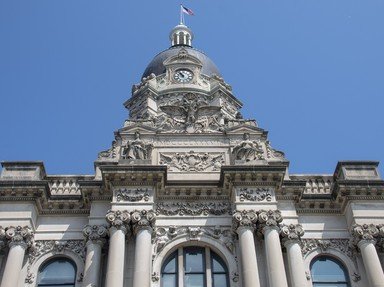Quiz Answer Key and Fun Facts
1. Which of the following U.S. visa classifications allows foreign students from all over the world to enter the country and study a degree program in an authorized college or university?
2. The H-2A and H-2B U.S. visa classifications are two of the most popular temporary work visas sought after by foreign nationals. What is the main difference between the two categories?
3. The P-1A visa is a specialty visa awarded to a specific group of people who seek to enter the United States to perform in a competition. Which "healthy" group of people is the intended recipient for P-1A visas?
4. TN visas are a special category that allow nationals of Canada and Mexico to work in the United States for a period of one to three years. Which of the following treaties, replaced by the USMCA treaty in 2020, allowed people from neighboring countries to work in the U.S.?
5. The E-3 visa or "specialty occupation visa" is a special category that is only open to nationals of which of the following "Down Under" countries?
6. O-1 visas are selectively awarded to foreign applicants with "extraordinary ability or achievement" in their fields. Which of the following professions would most likely qualify for one of these visas?
7. An H-3 visa is a permit issued by the U.S. government that allows trainees from all over the world to obtain work experience in America. For how much time are regular H-3 holders allowed to stay in the U.S.?
8. The L visa category gives foreign managers or executives eligibility to temporarily immigrate to the United States. Which of the following is a condition for an L visa to be awarded?
9. The Q visa classification is a fascinating program that requires applicants to enter the U.S. to participate in an approved cultural program. Which of these companies played a pivotal role in creating these visas to fill positions in their theme parks, causing the visa to be colloquially known as the "_______ visa"?
10. After a certain amount of time living in the United States, you may become eligible to apply for a permanent resident card. Which color is famously associated with this card?
Source: Author
Lpez
This quiz was reviewed by FunTrivia editor
stedman before going online.
Any errors found in FunTrivia content are routinely corrected through our feedback system.
